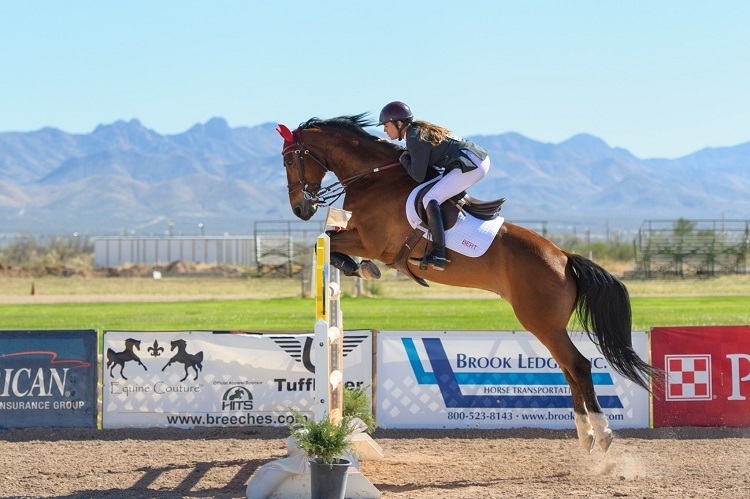Pole caddies are shelves for storing horse jump poles. Some are mobile and feature wheels. Others are fixed to a wall or fence with brackets. Regardless of its placement, a pole caddy offers a convenient place to hang horse jump poles.
Table of Contents
Tigertrap fence
A wall caddy is an excellent way to store horse jump poles and other horse-riding accessories. Wall caddies come with hooks for easy removal and storage. They also help to protect the poles during transport. Tigertrap wall caddies can hold up to six horse jump poles simultaneously.
Wall caddies are a great way to keep your jump poles out of the way when not in use. Walls are often painted in your organization’s colors or logo to match the horse jumps. Planks are another great addition to the wall caddies and can be placed in the empty pole cups to create a barrier. They’re also easy to replace, allowing you to change the look and feel of the horse jump at any time.
Cross rail
Horse jump poles are made of posts called Cavaletti Poles. These poles are adjustable to the height you want, making it easy for your horse to jump over them. Horse jumps are usually lower in the center than standard jumps. This is because horses tend to step over them when they’re lower than twelve inches.
There are several ways to measure the distance between two horse jump poles. A simple method is to walk along the fence in three or four steps, starting at one end and walking to the other. This way, you can measure a pole that’s nine feet away.
Ground line
Horse jump poles are a great way to help your horse get a good workout. However, it would help if you were careful when placing your poles. You want your horse to approach the poles in a balanced fashion. This will help you to ensure that your horse lands on the ground correctly and can continue to stride over the pole without getting bored. This means you need to have a ground line of at least four inches on each side of the pole.
Make sure to use a 9 to 12 inches long pole for the jump cups’ vertical faces. You can even use an old carpet on the ground as a “ground line.” This will help to desensitize your horse to the competition jumps. The jump height will depend on the model and how high you want to place it. In most non-rated competitions and local competitions, the jump heights are set by the show management.
Skinny fences
Skinny fences are a challenge for riders. They require real riding and an awareness of the ring’s size. Often, they are placed in difficult combinations. For example, a skinny fence can require a half-stride or awkward turn to clear. It can also be off to the side of the ring.
It would be best to approach the fence with accuracy and a slower canter for the best results. The earlier you set up, the better your chances of a successful skinny fence.
Normandy bank
A Normandy bank is a combination fence with several elements. In addition to a ditch, the bank also has a solid fence on top, usually a drop-down fence. This type of fence is difficult and can be seen in upper-level showjumping and hunter classes. In addition to its narrow design, a Normandy bank can be incredibly wide.
A bank jump is a stepping obstacle that requires a lot of impulsion from the horse to clear it. There are two types of banks: the Normandy bank and the Trakehner bank. In the former, a log or rail was used to cover drainage ditches to test the fitness and agility of young horses for military or breeding purposes. The Normandy bank is a combination obstacle, featuring a bank at the bottom and another bank on top. The horse must jump over the ditch to reach the bank and clear it to the other side.
Pyramid fence
Pyramid fence caddies are a great addition to any horse show ring. Not only are they durable, but they also help organize your horse jump poles. Two poles are available: the ascending oxer and the descending oxer. The ascending oxer is the easiest for a horse to jump, as the front rail is level with the back rail. It also encourages a powerful, round jump.
The cross-rail fence is another good type, consisting of two poles. This type of fence is great for training horses to jump in the center of the jump. It can also be used as the first element in a combination or spread.




